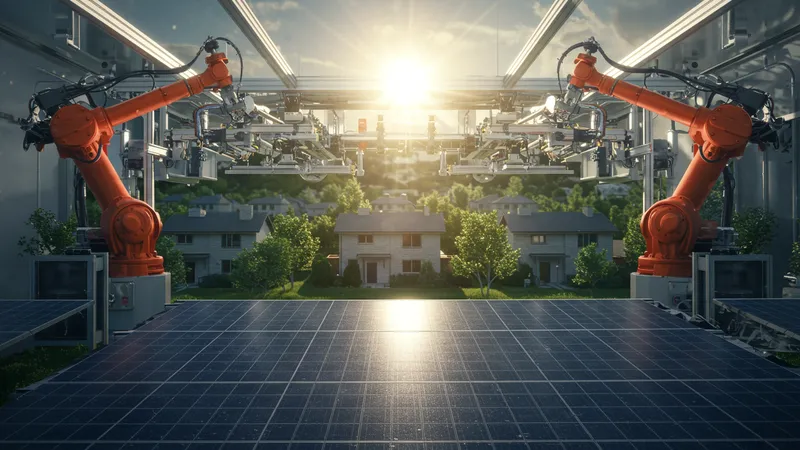
The Advantages Of Solar Panels: Reasons They Represent A Valuable Investment
The Hidden Environmental Benefits
Most people understand that solar panels help reduce carbon emissions, but the extent to which they positively impact the environment might surprise you. A typical residential solar panel system can offset 3 to 4 tons of carbon emissions annually. But did you know that the production processes for solar panels are also becoming greener?

Sustainable manufacturing techniques are now a part of every major solar panel company’s strategy, reducing waste and utilizing eco-friendly materials. This green reality only enhances the panels’ appeal to the environmentally conscious consumer. But can the adoption of solar energy sway global trends?
Another overlooked benefit is the reduction of water usage in power generation. Unlike fossil fuels and nuclear plants, solar panels harness energy without using water, marking a significant environmental win amid growing water scarcity concerns. Still, there’s a surprising twist in the tale of solar sustainability.
Countries like Germany and Australia are spearheading community solar farms, democratizing access to solar power without needing individual panel installations. By participating in these shared ventures, communities can collectively reduce their carbon footprint. What this means for solar technology is profound, but more on that later…